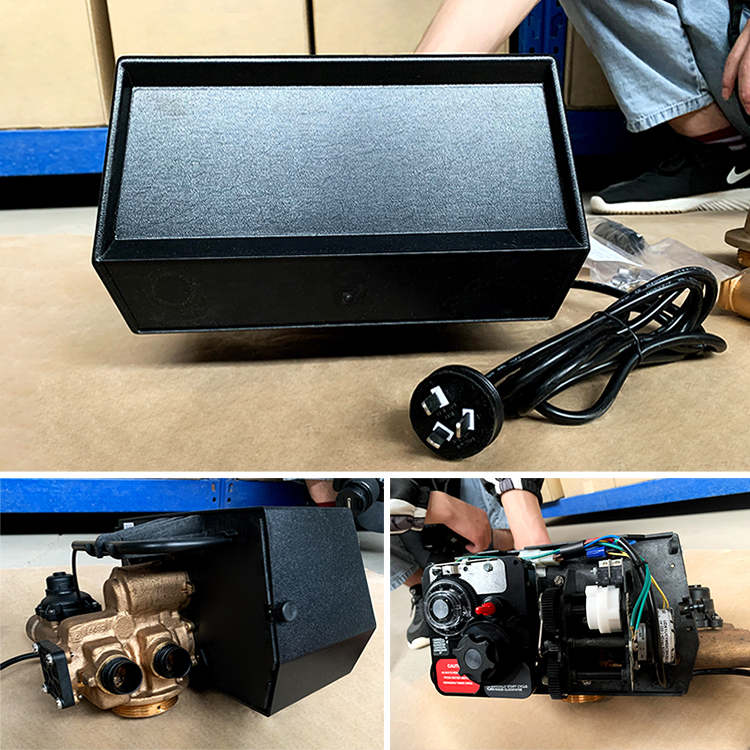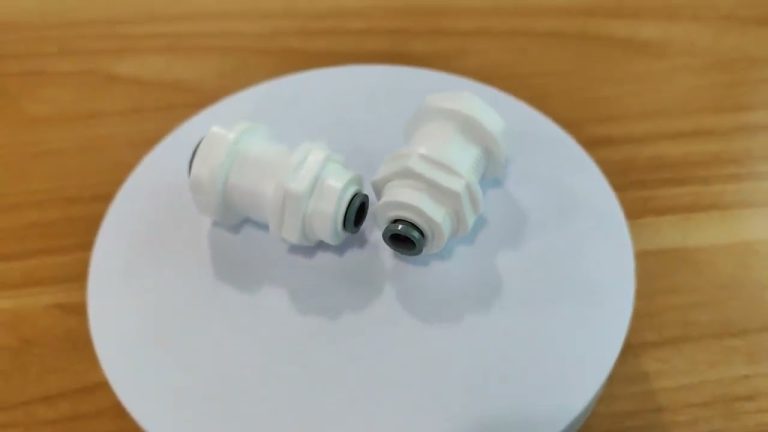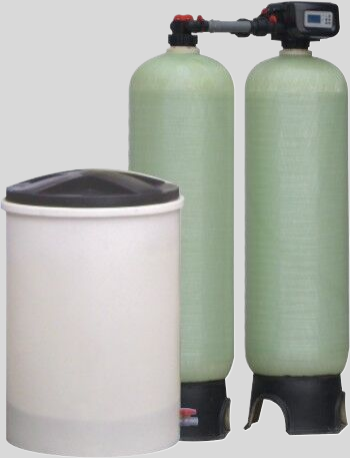Prevent leaks, protect your assets.
Proper Valve Maintenance Techniques
Valves are essential components in various industries, including oil and gas, water treatment, and manufacturing. They control the flow of liquids, gases, and other substances within a system. However, valves can develop leaks over time due to wear and tear, improper installation, or lack of maintenance. A leaking valve can lead to inefficiencies, safety hazards, and costly repairs. Therefore, it is crucial to address valve leaks promptly and effectively.

One of the most common causes of valve leaks is worn or damaged seals. Seals are used to create a tight seal between the valve body and the moving parts, such as the stem or disc. If the seals are worn or damaged, they can allow fluid to escape through the valve, causing a leak. To prevent this, it is essential to inspect the seals regularly and replace them as needed. This can help maintain the integrity of the valve and prevent leaks from occurring.
Another common cause of valve leaks is corrosion. Corrosion can weaken the valve body and other components, leading to cracks or holes that allow fluid to escape. To prevent corrosion, it is essential to protect the valve from corrosive substances, such as chemicals or saltwater. Regular cleaning and maintenance can also help remove any buildup that could contribute to corrosion. Additionally, applying a protective coating or using corrosion-resistant materials can help extend the life of the valve and prevent leaks.
Improper installation can also contribute to valve leaks. If a valve is not installed correctly, it may not function properly, leading to leaks. To prevent this, it is essential to follow the manufacturer’s instructions and guidelines when installing a valve. This includes ensuring that the valve is properly aligned, tightened, and sealed. Proper installation can help prevent leaks and ensure the valve operates efficiently.
| Model | Central tube | Drain | Brine tank connector | Base | Power supply parameters | Maximum power | Pressure parameters | Operating temperature |
| 2510 | 1.05″ (1″)O.D. | 1/2″O.D. | 1600-3/8″ | 2-1/2″-8NPSM | 24v,110v,220v-50Hz,60Hz | 72W | 2.1MPa | 1℃-43℃ |
| 1650-3/8″ | 0.14-0.84MPa |
Regular maintenance is key to preventing valve leaks. By inspecting valves regularly, you can identify any potential issues before they escalate into leaks. This includes checking for signs of wear, corrosion, or damage, as well as testing the valve’s operation. If any issues are detected, they should be addressed promptly to prevent leaks from occurring. Additionally, lubricating moving parts, replacing worn seals, and cleaning the valve can help maintain its performance and prevent leaks.
In conclusion, preventing valve leaks requires proper maintenance techniques and proactive measures. By inspecting valves regularly, addressing any issues promptly, and following proper installation guidelines, you can help prevent leaks and ensure the efficient operation of your valves. Remember that a leaking valve can lead to inefficiencies, safety hazards, and costly repairs. Therefore, it is essential to take the necessary steps to maintain your valves and prevent leaks from occurring. By doing so, you can prolong the life of your valves and avoid the headaches that come with dealing with leaks.







